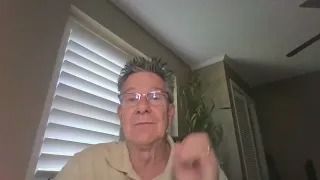Housing supply will be impacted as more Americans age in place
There is likely to be a “modest” amount of excess home supply driven by demographic changes as older homeowners move out of their homes or die. But the aging U.S. population is not expected to be an outright source of change to home-price projections over the next 10 years, according to a newly updated report on homes owned by baby boomers.
“First, based purely on changing demographics, over the next decade there was projected to be a modest amount of excess supply of homes for sale as older homeowners age and die — around a quarter million units annually,” according to the report published by the Mortgage Bankers Association (MBA).
“Second, housing supply and demand shifts from changing demographics are slow moving and highly predictable, which suggests that there would not be measurable effects on house price growth from population aging and mortality.”
The report projects that over the next decade, there will be a “negative excess supply of homes for sale,” which will fuel a demographic mismatch between supply and demand during that time. Much of this is driven by the fact that baby boomers, as previously documented, are not selling their homes at the same levels as previous generations.
“Since 2015, there has been a sizable increase in the homeownership rate among those 70 and older,” the report said. “This, combined with a larger base of older Americans from the aging of the baby boomers, has led to a greater number of existing homes held onto longer.
“In contrast, pre-2015 homeownership patterns would have predicted that these homes would have been sold. So, older Americans are holding onto their homes longer, and there are more of them.”
This could serve to raise existing home supply in future years, but demand will continue to outpace supply in the here and now.
“The findings highlight the varying patterns for older Americans as shifting demographics, the pandemic, and overall buyer attitudes have impacted buying and selling decisions,” said Edward Seiler, executive director for the Research Institute for Housing America and associate vice president of housing economics for the MBA
“It is evident that older households are aging in place, leading to updated predictions that show that there will be no excess supply of homes to the markets from older Americans moving or dying over the next decade.
The report also projects that there will be “over 8 million homes supplied by older Americans as they age and die,” which will rise to roughly 9 million over the next decade. Of that total, “approximately 1 million will be due to the death of older Americans.”
Have A Question?
Use the form below and we will give your our expert answers!
Reverse Mortgage Ask A Question
Start Your Loan
with DDA todayYour local Mortgage Broker
Mortgage Broker Largo See our Reviews
Looking for more details? Listen to our extended podcast!
Check out our other helpful videos to learn more about credit and residential mortgages.





